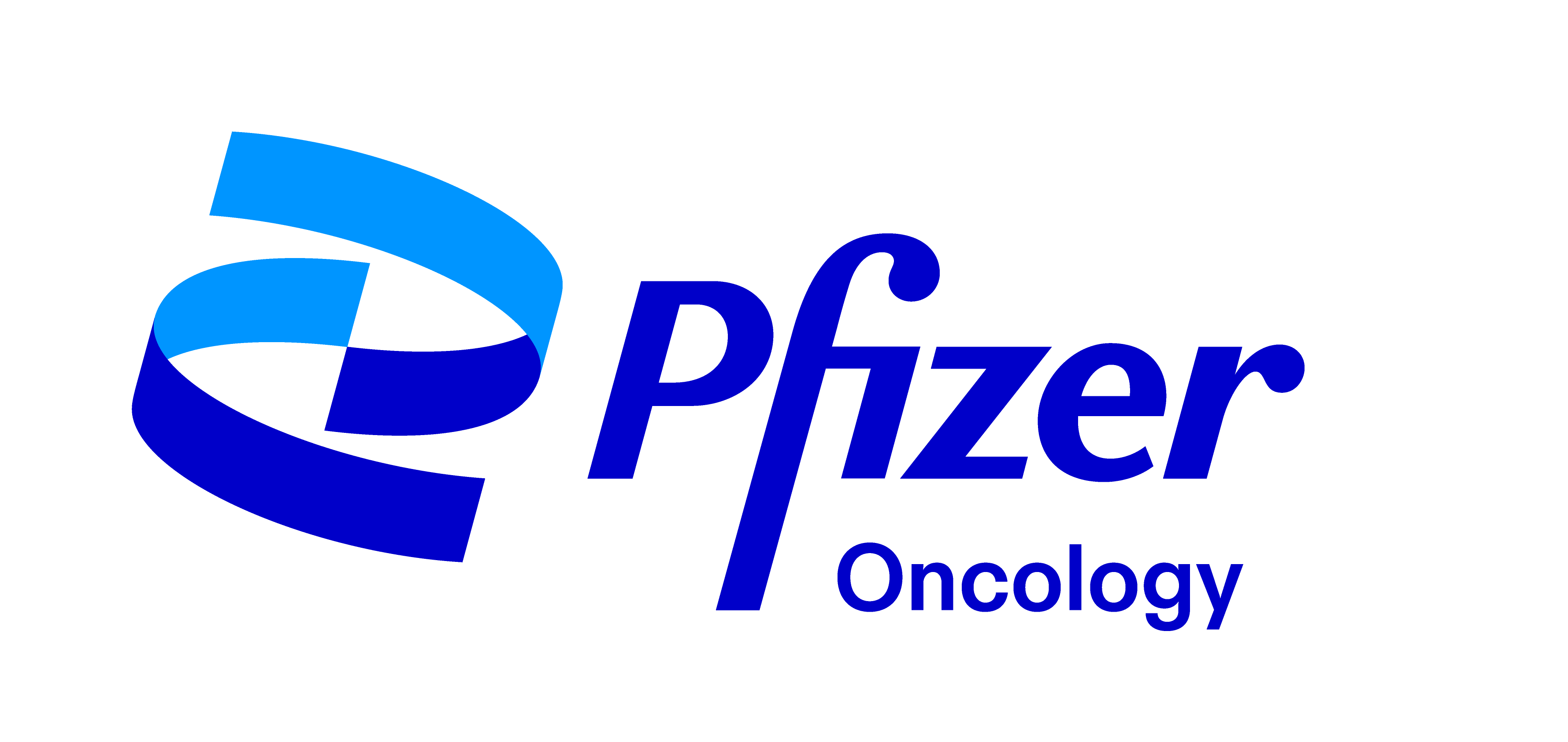August 29, 2024: We're covering efforts to build-out carbon capture facilities, links between consciousness and quantum mechanics, and an ancient sea cow eaten by a tiger shark. We also pay tribute to Steve Silberman, an award-winning science writer with enormous talent and compassion, who died yesterday. —Robin Lloyd, Contributing Editor | | | Billions of investment dollars now aim to build carbon-capturing facilities to limit climate change, but big questions remain about their long-term role and benefits, reports climate journalist Alec Luhn. The hope of investors such as the U.S. government, tech firms and oil companies is that scaling up operations that pull carbon dioxide out of the air or out of power plants will ultimately lower the price of this relatively new technology. However, depending on its energy source, operating a direct air capture (DAC) plant may itself emit mass quantities of carbon pollution. Even on wind power, such a plant could emit up to 42 percent more carbon dioxide into the atmosphere than the coal plant it replaced over its first two decades, according to a study Luhn notes.
What the experts say: "Until every fossil plant and every bioenergy plant is gone, there's no benefit whatsoever of direct air capture. It always increases air pollution, increases CO2, increases fuel mining, increases fossil infrastructure," says that study's author.
Why this matters: Drastic cuts in carbon emissions and tree planting will not limit global temperature rise to 1.5 degrees C above preindustrial temperatures. Many researchers and studies, including the 2018 report by the Intergovernmental Panel on Climate Change, say that DAC facilities probably or certainly are part of that internationally agreed-upon goal. | | | Pulverized lime (white) on plastic trays at the Heirloom Carbon pilot plant in California's Silicon Valley absorbs carbon dioxide from the air. Spencer Lowell | | | Macabre Demise of Manateelike Animal | Bite marks riddling a fossilized skull were one of the first clues. Then a more detailed analysis of the ancient sea-cow's remains suggested that the bitemarks belonged to two foes—a crocodilian and an extinct tiger shark. Researchers have concluded that the first one killed the sea cow, genus Culebratherium, and the other consumed its corpse, reports Scientific American senior reporter Meghan Bartels. A key finding was a "smoking tooth" embedded between the fossilized sea cow's neck and ribcage, left behind by the scavenging shark, says paleontologist Sally Walker, who was not involved in the research. The remains of the sea cow, thought to be a 16-foot-long creature that lived between 23 million and 11.6 million years ago, were unearthed in western Venezuela in 2019.
How they did it: The bite wounds included circular indentations, round pits and narrow, slitlike marks that were somewhat triangular. The researchers attribute the first two types of bitemarks to a crocodilian species (the area where the fossil was found was a "paradise for crocodilians," so a specific identification is tricky) and the triangular imprints to a tiger shark scavenging the sea cow's remains.
Choice nugget: Bartels writes: "The researchers posit that the crocodilian first snapped at the sea cow's snout—leaving the small circular indentations—then snatched at the animal and used its tail to spiral its body and tear at the animal in what scientists term a 'death roll.'" | | | An artist's depiction of a Culebratherium sea cow being attacked by a crocodilian while a Galeocerdo aduncus tiger shark lurks in the background. Jaime Bran Sarmiento (illustration); "Trophic Interactions of Sharks and Crocodylians with a Sea Cow (Sirenia) from the Miocene of Venezuela," by A. Benites-Palomino, in Journal of Vertebrate Paleontology. Published online August 29, 2024 (original publication); (CC BY 4.0). | | | • A set of experiments could help bridge the gap between human consciousness and quantum mechanics, the field of study that aims to understand the world's coexisting states, propose quantum computing specialist Hartmut Neven and neuroscientist Christof Koch. Neven and Koch write that their experiments initially will trade on a finding that fruit flies and cerebral organoids, that is, assemblies of neurons grown from human-induced pluripotent stem cells, can be used to detect different isotopes, or forms, of the inert gas xenon. One of the experiments would enable the entanglement of qubits and brain organoids, and a final one in the series will attempt to extend this coupling to an investigation of the experience of expanded consciousness, like one experiences under the influence of psilocybin. | 5 min read | | | All of us at Scientific American are extremely saddened today to hear of the death of award-winning science writer Steve Silberman, a generous, warm friend and colleague to many of us in the science writing community and to anyone who had the privilege to interact with him. We extend our deepest condolences to his husband Keith, his extended family, the science writing community and all who knew him. Steve was an extraordinarily talented, compassionate, vibrant, tireless writer and person who never stopped giving. He has been a giant among us. A book writer and longtime writer for Wired, he recently joined Scientific American as a columnist. Among his four pieces this year for Scientific American, his editor especially admired this one, "How my mother's dementia showed me another side of neurodiversity." Countless people and communities are forever grateful for Steve's book Neurotribes: The Legacy of Autism and the Future of Neurodiversity, which played a significant role in advancing views and practices surrounding autism and neurodiversity in the U.S. and beyond. This brief 2015 essay draws on Steve's close, lifelong friendship with Allen Ginsberg. The last sentence might gut you. Rest in peace, Steve. | —Robin Lloyd, Contributing Editor | | Subscribe to this and all of our newsletters . | | | | Scientific American
One New York Plaza, New York, NY, 10004 | | | | | | Support our mission, subscribe to Scientific American | | | | | | | | | |
